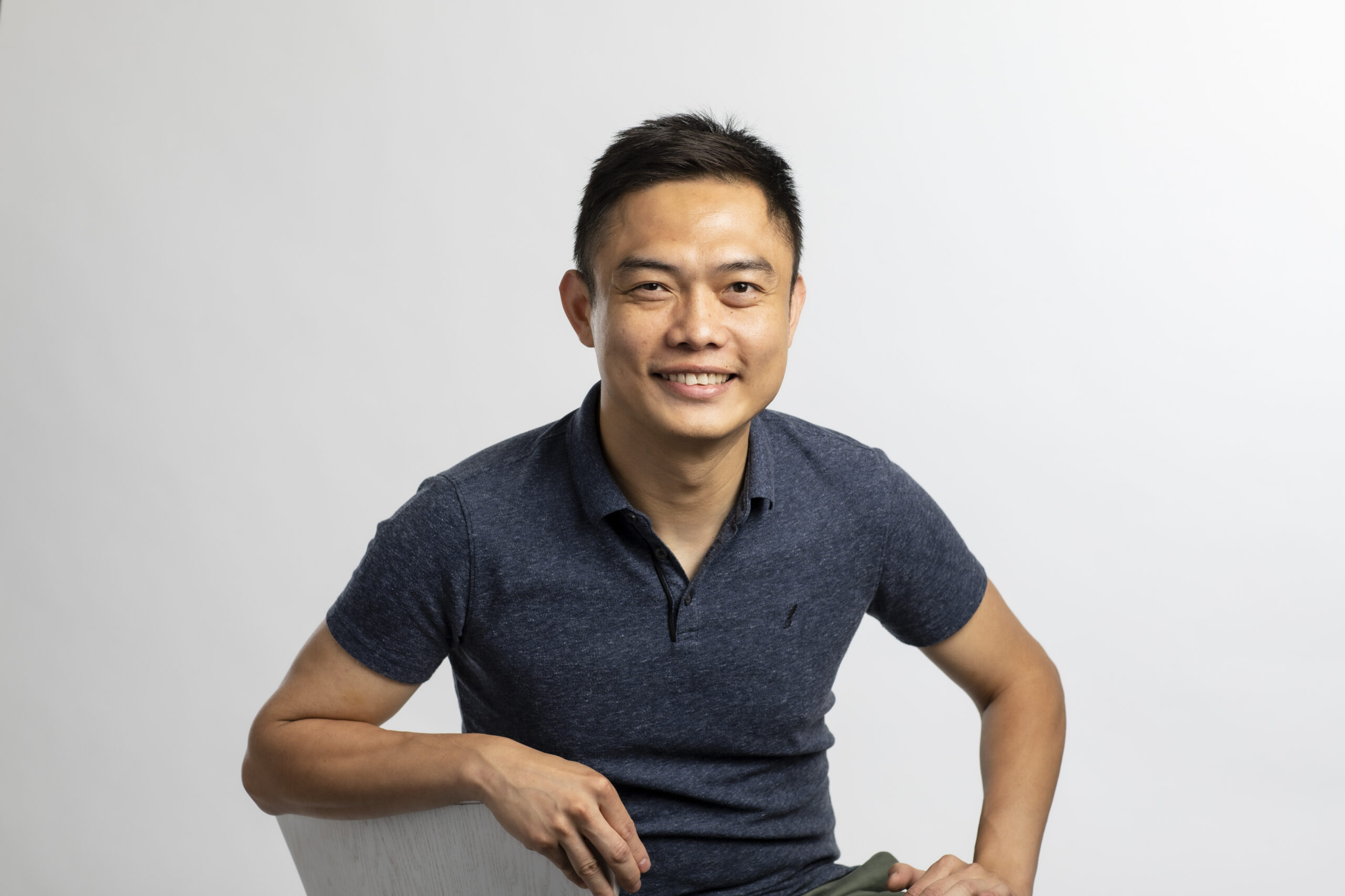Posted 21 September 2022

A two-year grant announced today from the Medical Research Future Fund’s Cardiovascular Health Mission will support a team led by SVI’s Dr Shiang (Max) Lim to develop stem cell-based therapy for people suffering heart attack.
One person is hospitalised every nine minutes for heart attack in Australia, and every day an average of 19 people die from the condition.
“Stem cells have the potential to improve recovery from heart attack by producing beneficial, healing factors,” explains Max, Head of the Cardiac Regeneration Lab in SVI’s O’Brien Department. “However, the common method of injecting stem cells directly into the heart muscle is invasive and risky. The cells quickly die, resulting in only short-term beneficial effect.”
Max and his team have identified an existing safe and minimally invasive medical device to deliver beneficial factors from stem cells to the heart in a sustained manner to facilitate long-term repair – findings published in the peer-reviewed journal Cardiovascular Research last year.
“This new funding boost will accelerate development of our concept to clinical reality,” says Max. “It will enable us to test our concept in preclinical animal models – the penultimate step to human trials.”
“We’ll be using clinical-grade stem cells provided by Cynata Therapeutics, Australia and the clinical-grade device from Procyon Technologies, USA.”
“If successful, this new phase of our work will provide evidence and knowledge to progress to human trials with heart attack patients.”
The two-year project, “Sustained delivery of stem cell secretome for cardiac repair” has received almost $1 million over two years from the Medical Research Future Fund’s Cardiovascular Health Mission.
Project collaborators include: the University of South Australia, Cynata Therapeutics Ltd, Procyon Technologies LLC, Duke-National University of Singapore Medical School, Monash University, Westmead Institute for Medical Research, Baker Heart and Diabetes Institute, and hearts4heart.
Dr Lim and his team are grateful for support from the Stafford Fox Foundation, the St Vincent’s Hospital Research Endowment Fund and The CASS Foundation in development of this project.
The human body is comprised of more than 200 different types of cells – skin cells, kidney cells, blood cells and others – each having a specific job. Stem cells are unspecialised cells found in many tissues and organs, which can develop into different cell types with a more specific function.
In the laboratory, scientists can guide stem cells to form different cell types for potential use in medicine. Although still in its infancy, stem cell therapies have the potential to regenerate and repair many kinds of human tissue damaged or affected by disease, including for people with spinal cord injuries, type 1 diabetes, Parkinson’s disease, amyotrophic lateral sclerosis, Alzheimer’s disease, heart disease, stroke, burns, cancer and osteoarthritis.